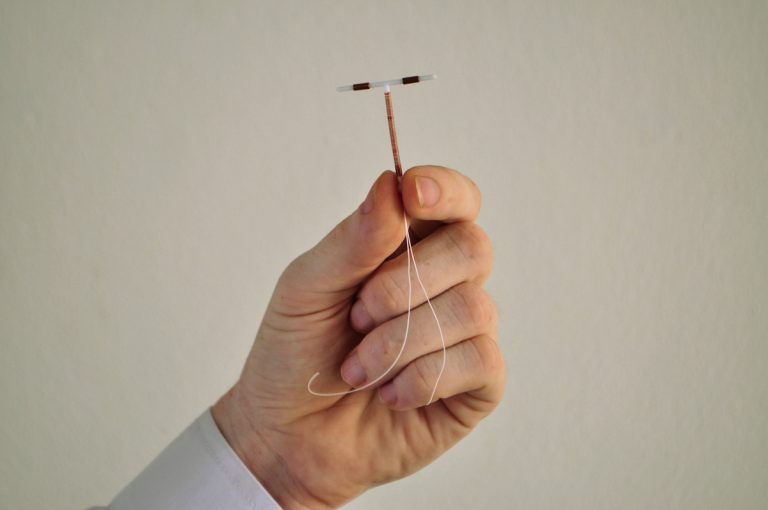Some of the most common IUD-related concerns relate to IUD strings, so we’re here to fill you in on the most important information. Read on for some of the common questions women have about their IUD strings.
Do I need to Check on My IUD Strings?
Your IUD strings (usually one or two) hang from your cervix into your vagina. While it’s not necessarily required, doctors recommend checking that they’re still in place every so often, mainly to make sure the IUD is where it should be. Luckily, it’s not too hard to make sure your strings are in place.
You’ll want to wash your hands. Then make your way into a sitting or squatting position and gently insert a finger into your vagina. You should feel strings hanging down sometime before your finger reaches your cervix. If you feel the strings, this indicates your IUD is most likely in the right place and functioning properly.
My IUD Strings Aren’t Where They Should Be. What’s Wrong?
When checking for IUD strings, some women are unsuccessful. If your IUD strings aren’t hanging into the vagina from the cervix, this could be for a few different reasons. Here are some of the most common:
- Expulsion: In rare cases your IUD can actually fall out of your uterus. When this happens, it’s usually within the first year or so after insertion.
- Short strings: In some cases, the IUD strings are cut very short and may not hang low enough for you to feel them. The strings could also be bunched or curled up in the cervix or along the side of the vagina.
- Perforation: In a very tiny number of cases, the IUD can break through the wall of the uterus or cervix. This is a bit more common among women who are breastfeeding or have recently given birth. Pain, cramping, and spotting are all signs of a possible perforation.
What Should I Do if I Can’t Feel My IUD Strings?
If your IUD strings are missing, there’s a chance your IUD is either no longer present or not working properly. The best way to determine what’s going on is to see a doctor. In the meantime, you’ll want to be sure to use backup contraceptives until you figure out the source of your missing strings—just in case your IUD has moved out of position and is no longer effective. You’ll want to seek medical attention rather than taking the matter into your own hands.
If you would like to meet with a knowledgeable doctor, consider contacting Women’s Health Arizona. As Arizona’s largest ObGyn group, we’re trained and solely dedicated to delivering the best ObGyn experience in convenient and comfortable settings around Phoenix.

